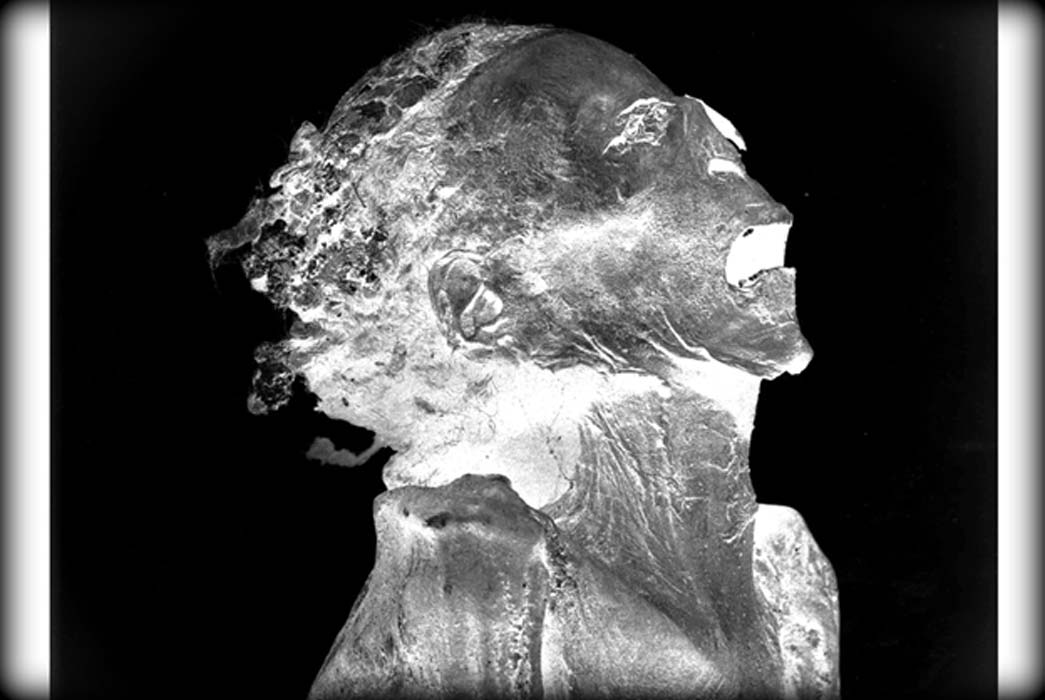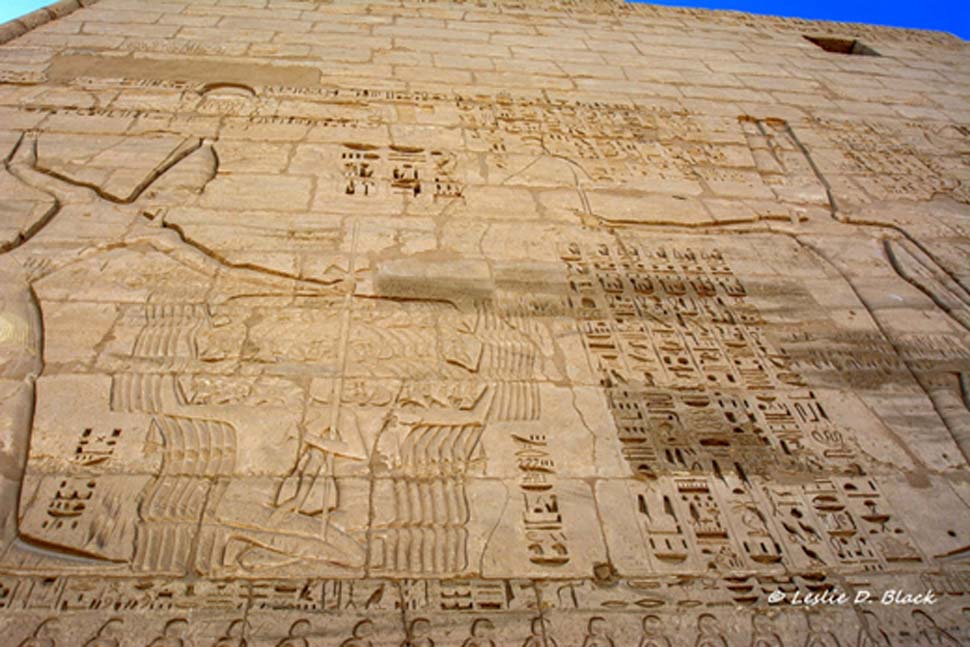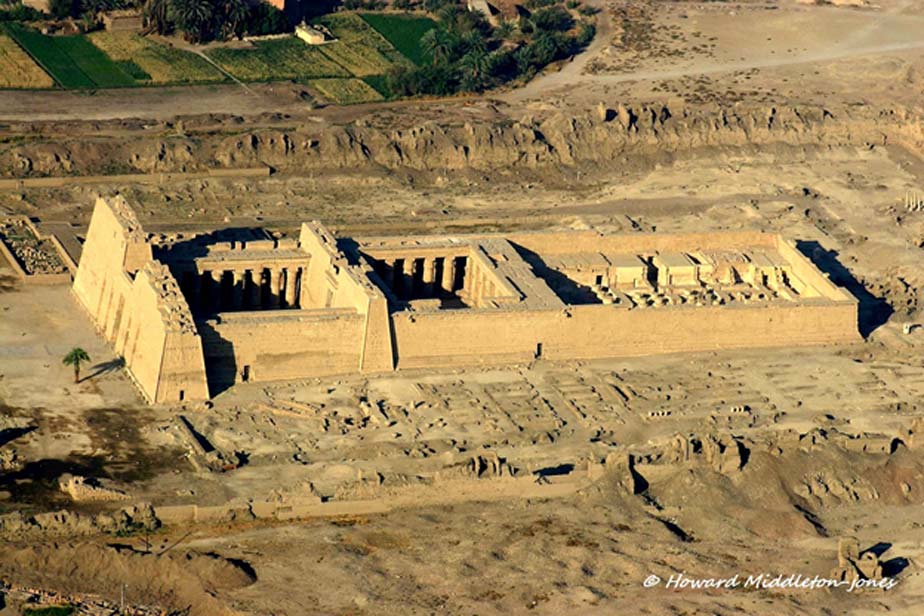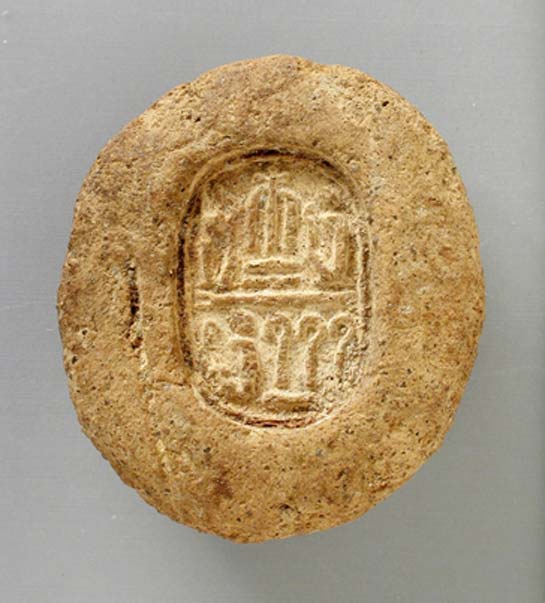
Enduring Mystery of the Screaming Mummy: Mortal Wounds and Divine Justice—Part I
The hideously contorted facial features of ‘Unknown Man E’ - also called the ‘Screaming Mummy’ - are unlike any we have witnessed in an ancient Egyptian mummy. It bears mute testimony to the gruesome end of an overambitious individual, who, goaded by his scheming mother and a band of conspirators, imagined he could murder the powerful reigning monarch, Ramesses III, and have himself crowned in his stead. The modus operandi of the accused and the disastrous outcome of their ploy are recorded in near-perfect detail – a rarity among Egyptian documents for events of such a diabolic nature. Who was ‘Unknown Man E’ and why was he condemned to eternal damnation? Was he Prince Pentawer?

This scene of King Ramesses III smiting his enemies was a time-tested depiction of pharaonic power and prestige. Mortuary Temple of Ramesses III. Medinet Habu.
To Fell the Lord of Lords
In the spring of 1156 BC Ramesses III basked in well-deserved glory after the crushing defeat he had dealt the Sea Peoples. With his recent jubilee behind him, the king was lord of lords. The 31 years Ramesses had spent on the throne was fraught with some of the gravest external threats in Egyptian history. But, the militaristic ruler thwarted all attempts by multiple invaders to challenge the sovereignty of his country. However, given the economic breakdown in the Near East and drought in parts of Egypt itself, the outlook was bleak. Amidst such turmoil, the aging king was viewed as one who was far-removed from the enormous difficulties his subjects faced; especially the people of Thebes who stared at an uncertain future. While their monarch dined off gold and silver vessels, they went hungry.

The imposing Mortuary Temple of Ramesses III at Medinet Habu. The pharaoh used this structure as his royal palace and later converted it into a war memorial in order to commemorate his victory over the Sea Peoples and Libyans. This image was shot during an aerial survey of the West Bank in 2010.
Anger mounted amongst the populace and vested interests in some quarters seized the opportunity to hatch a plot to do away with the Pharaoh. To kill a Living Horus was inconceivable in ancient Egypt, and yet, a shocking record of an assassination attempt on Ramesses III exists. Thanks to an inexplicable quirk of fate, a set of papyri dating to the Twentieth Dynasty, chronicle the last days of the monarch; and from the details we learn of palace intrigues and more. The victim is often referred to as the “last great pharaoh” – and not without cause – for he saved his country from the brink of disaster, at a time when kingdoms across the Near East crumbled to dust. The Hittites, Mycenaeans and Minoans lost their dominance in the Aegean due to the dreaded Sea Peoples. Egypt alone was a beacon of hope and defiance.

Terracotta mold bearing the birth name of King Ramesses III. 20th Dynasty. Los Angeles County Museum of Art.
At the age of 62, Ramesses III decided that his eldest offspring, Prince Ramesses (IV) born to the Great Royal Wife, Tyti would take on the mantle of kingship when he passed away. Though, on the face of it, the issue of royal succession seemed to have been decided without a hitch, the veneer of deception was coated thin. An intricate and treacherous plan was set into motion to end his life – and this was not orchestrated by a foreign foe, but by Ramesses’ family members, trusted aides and palace staff.




